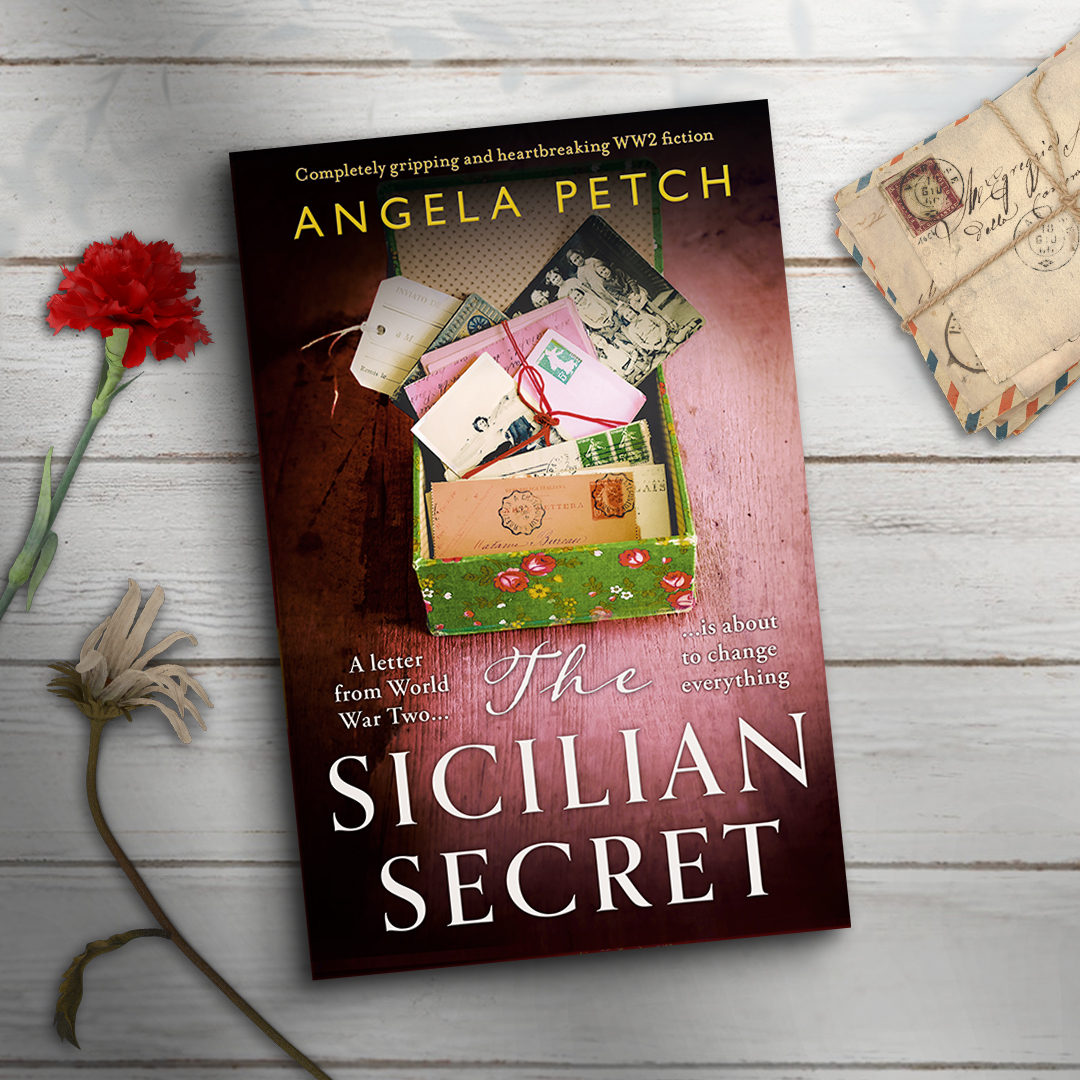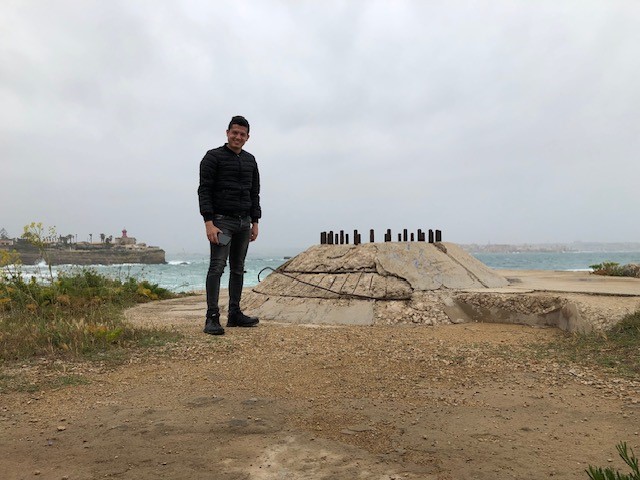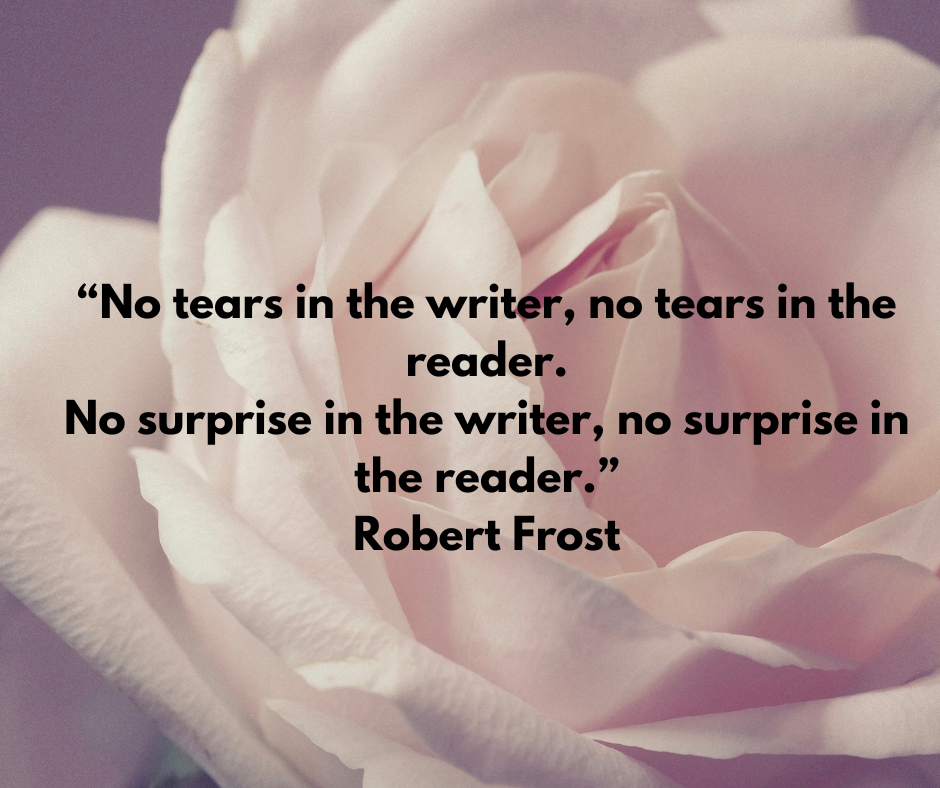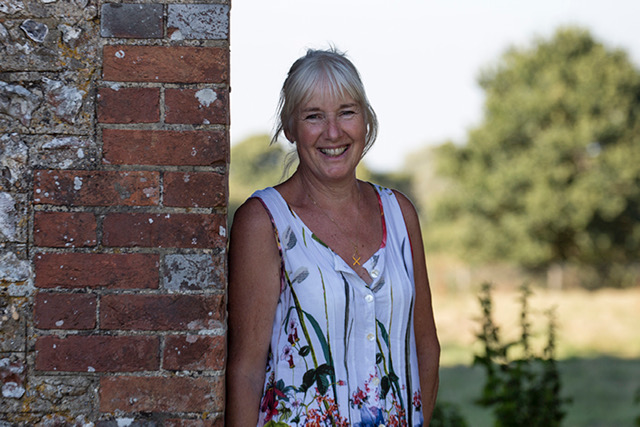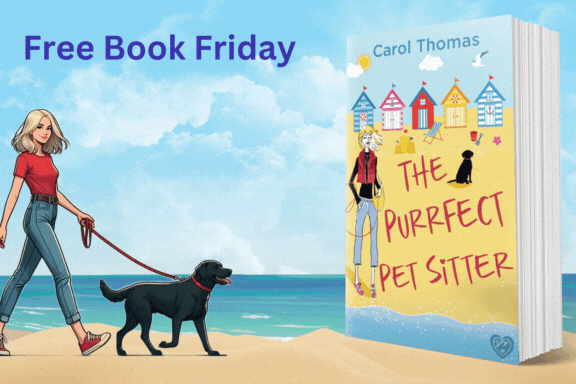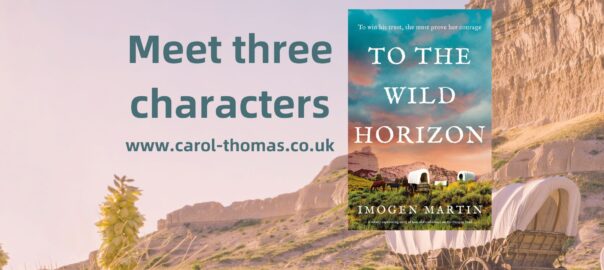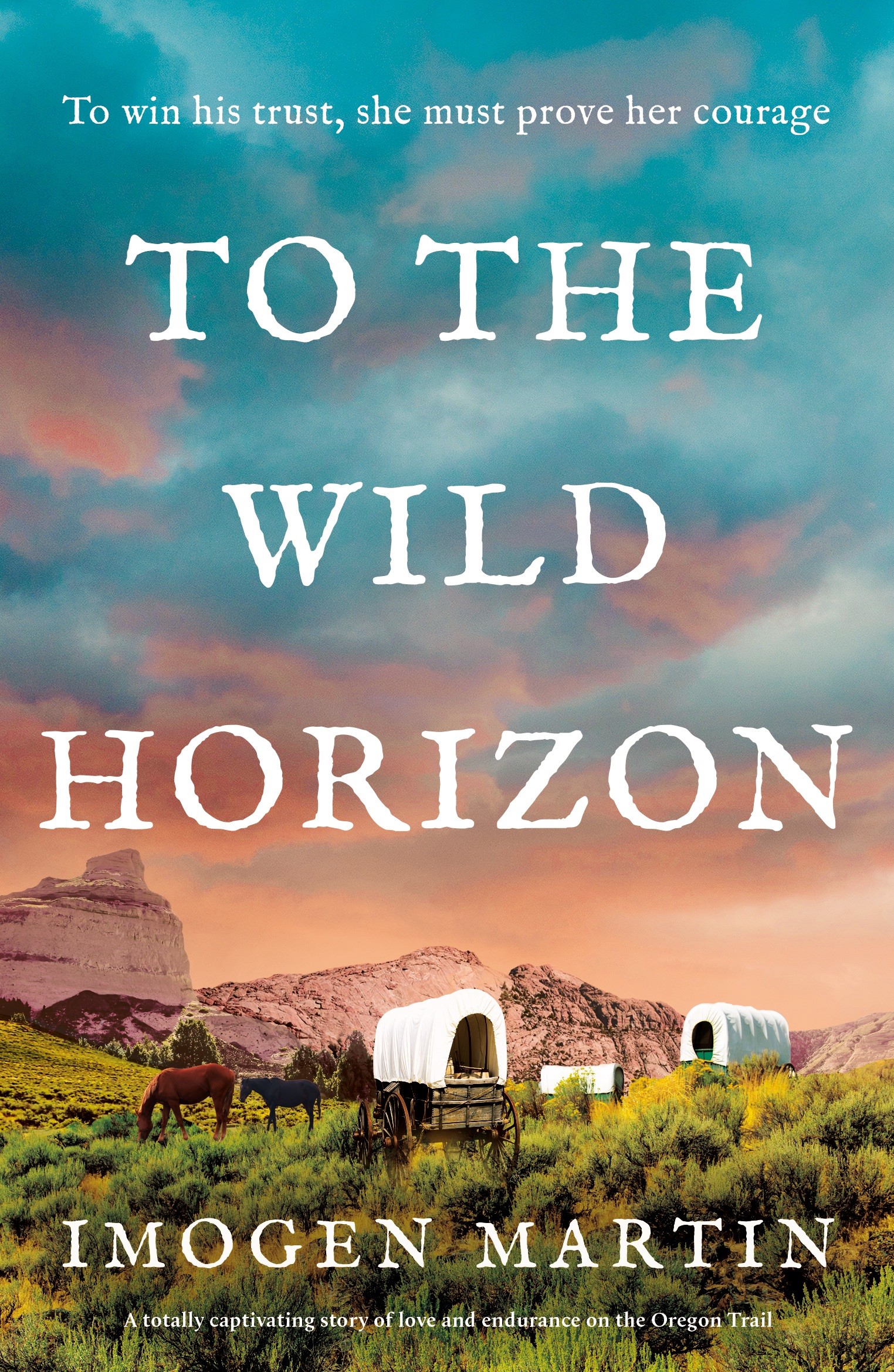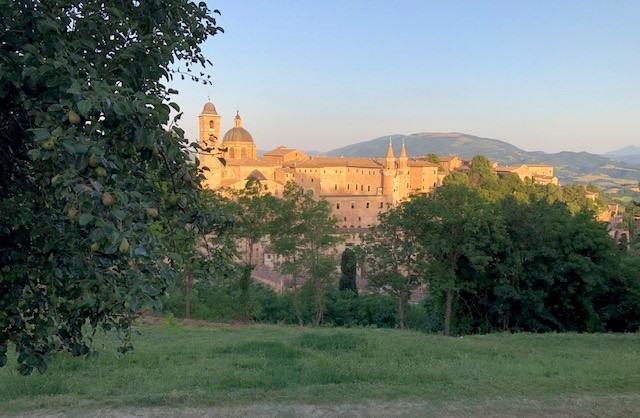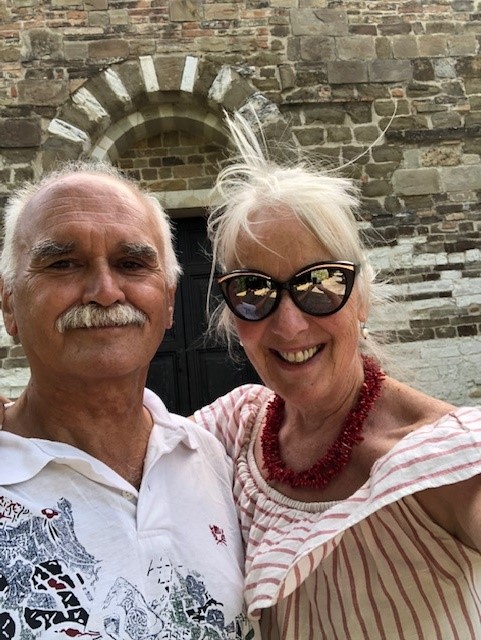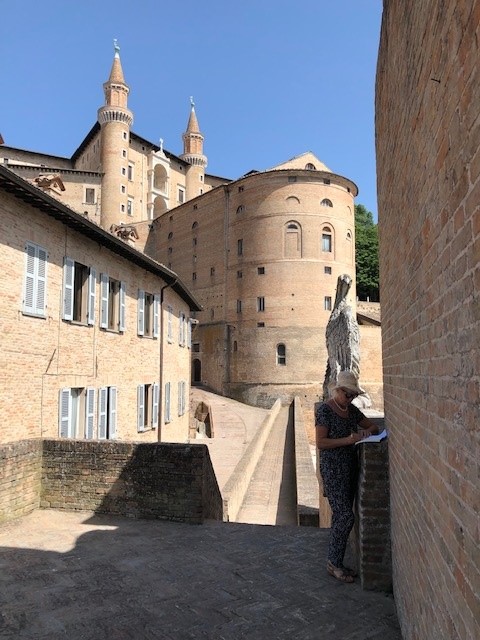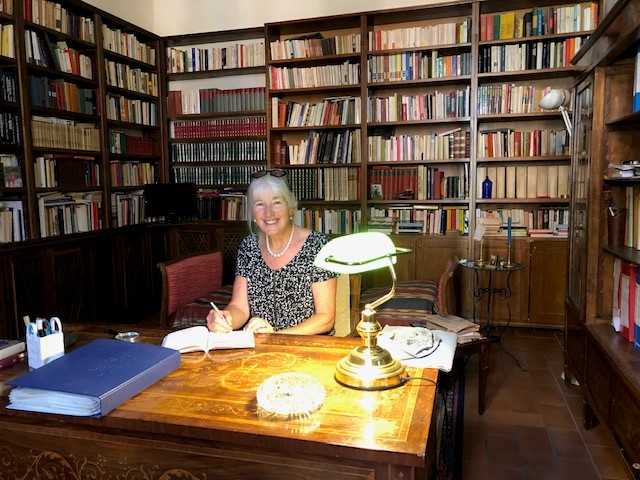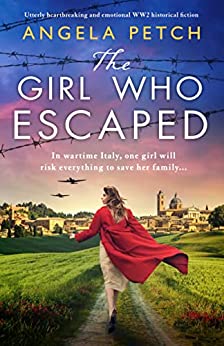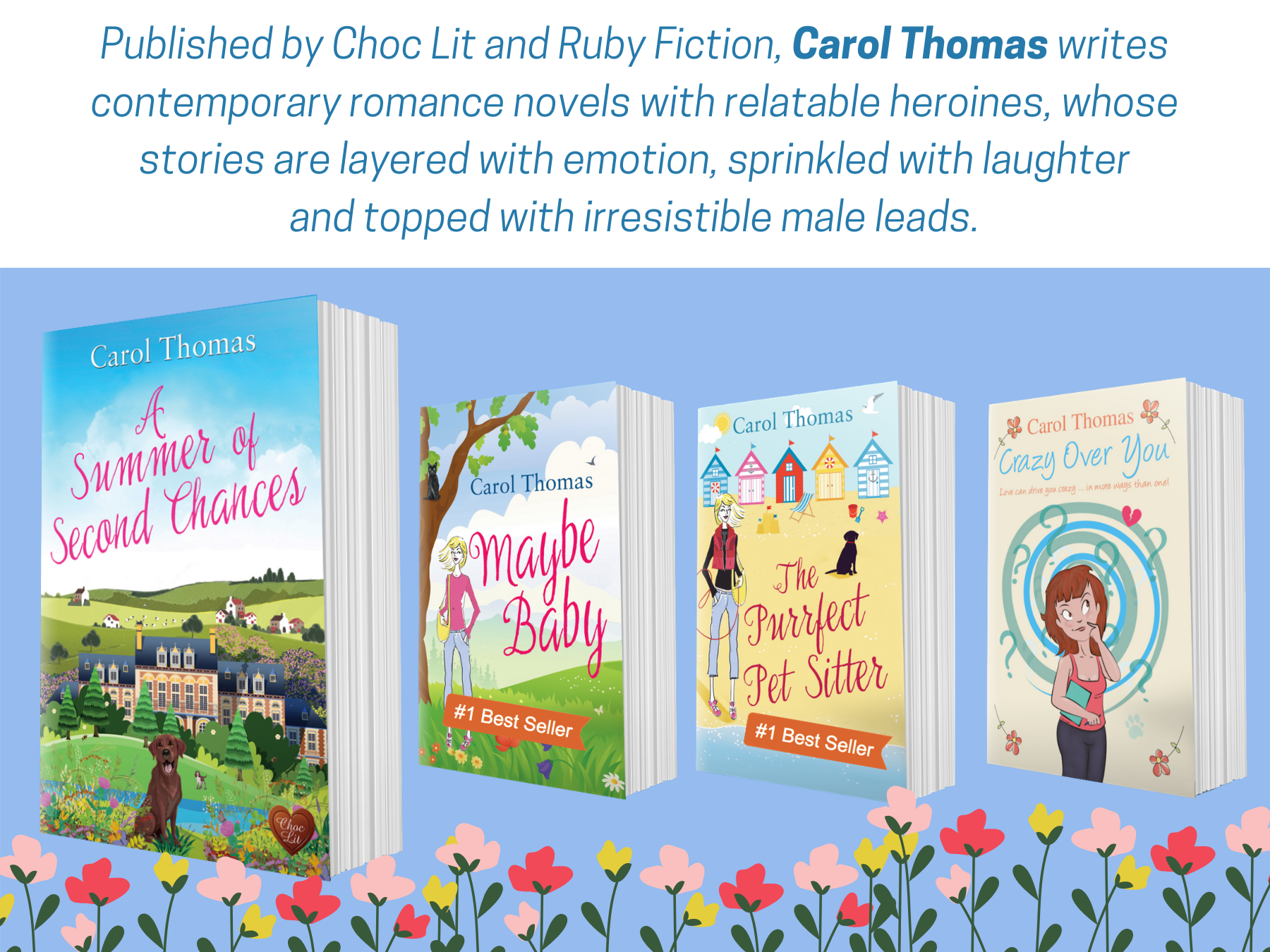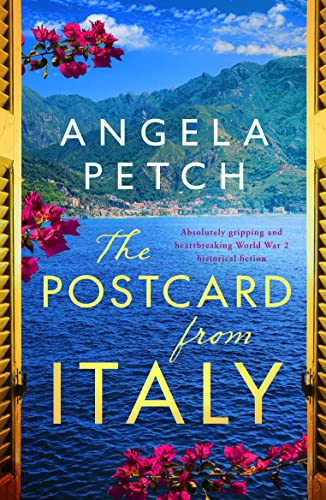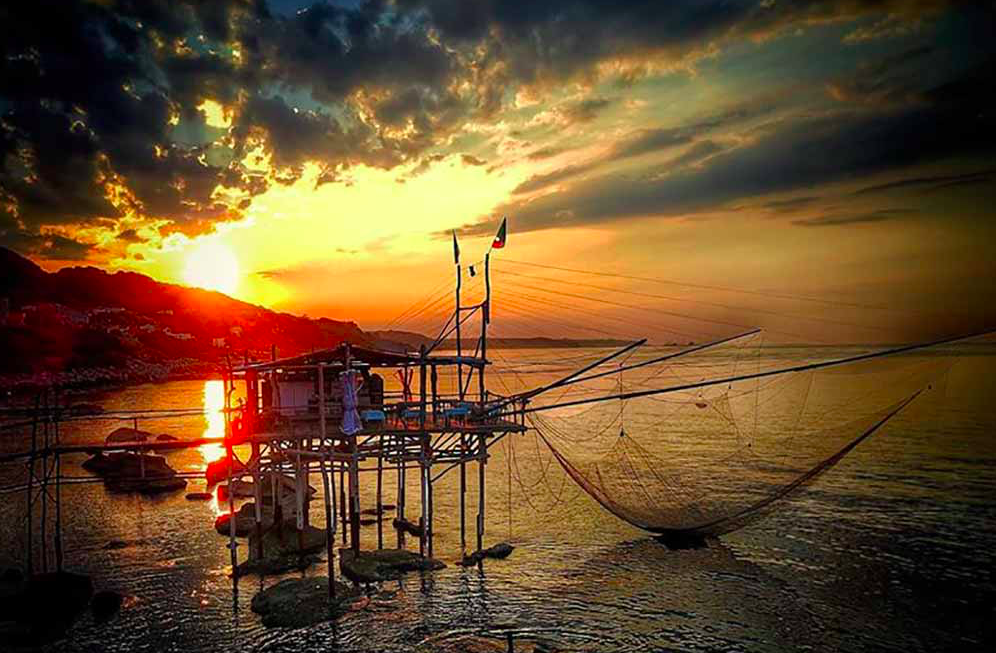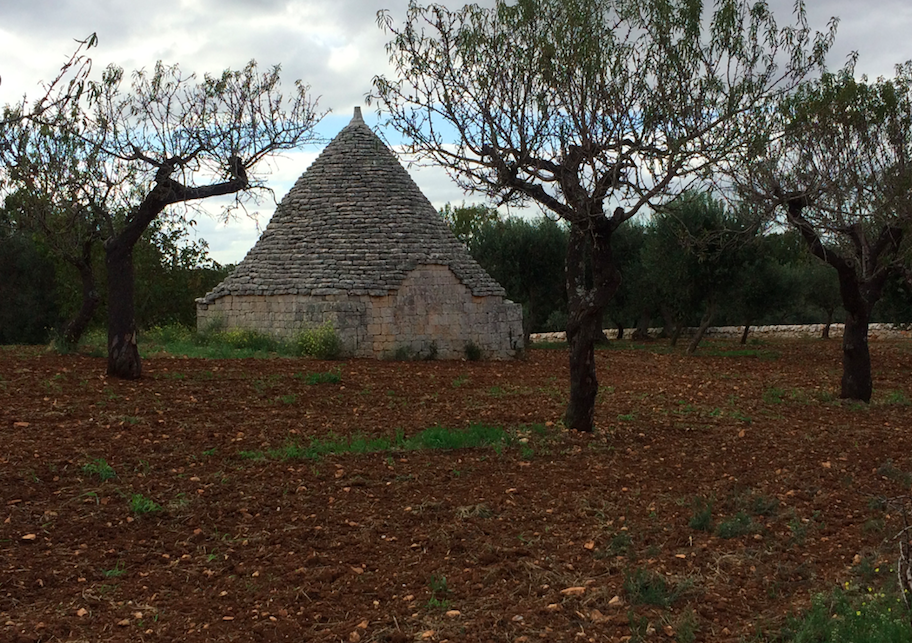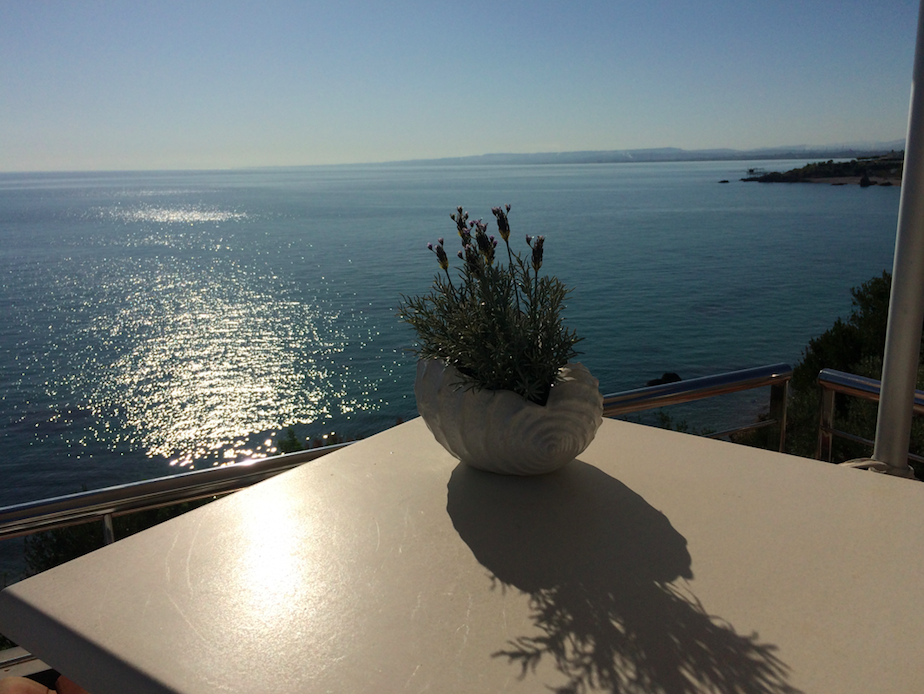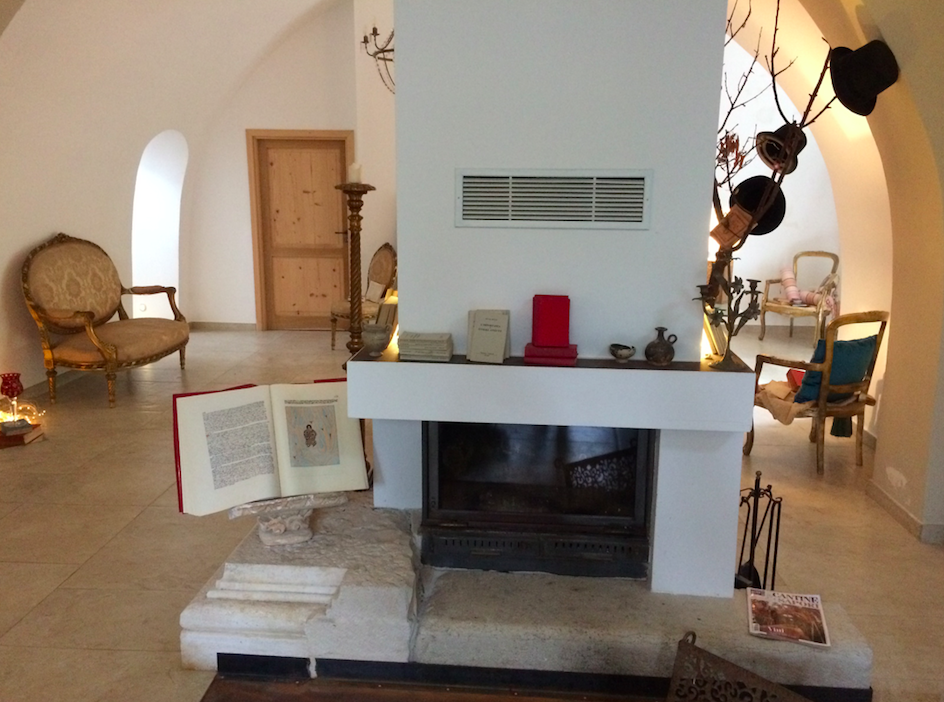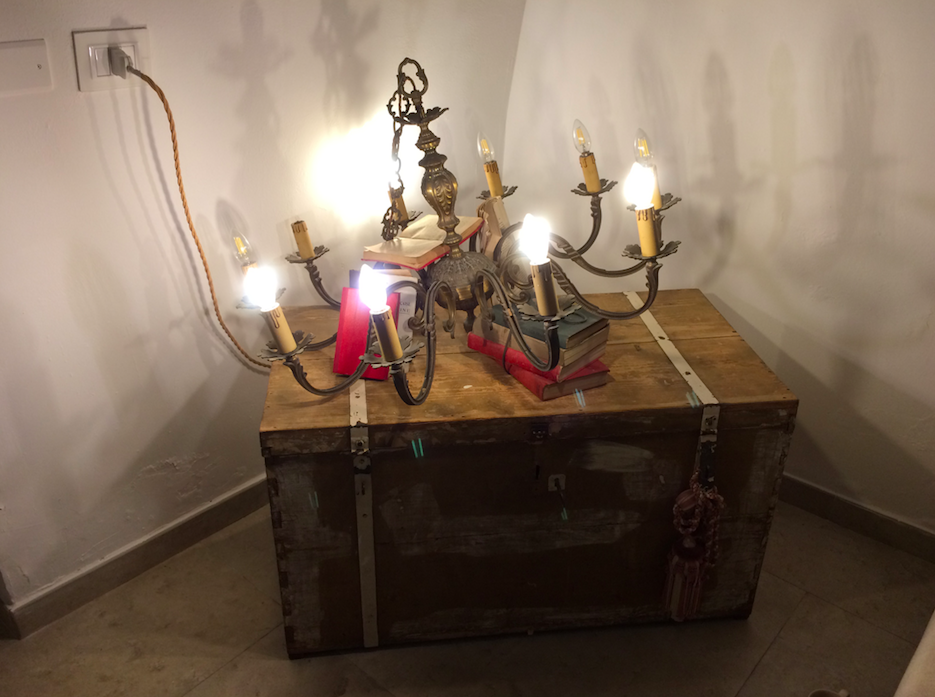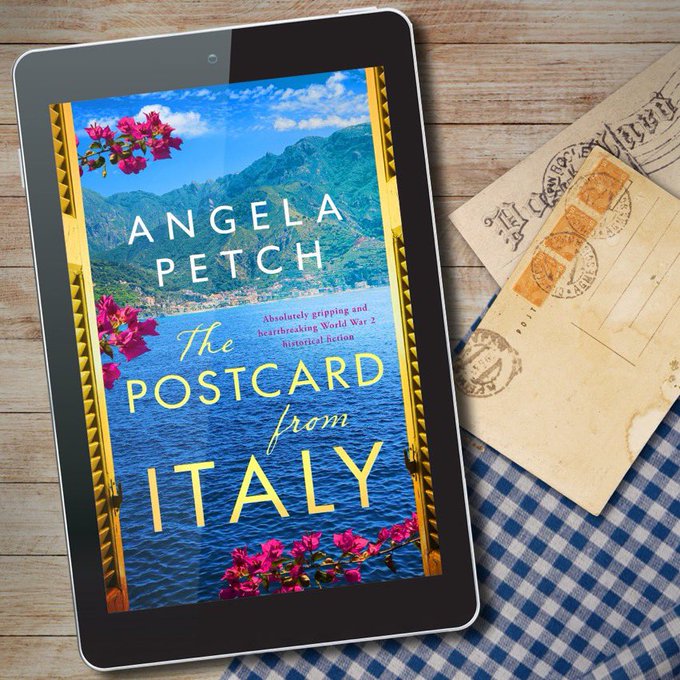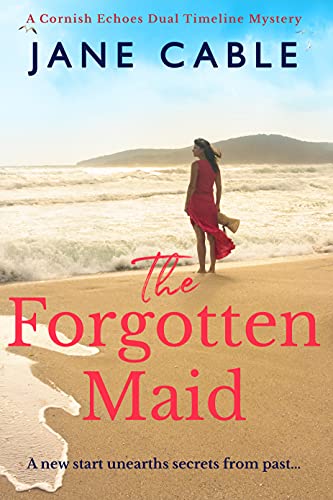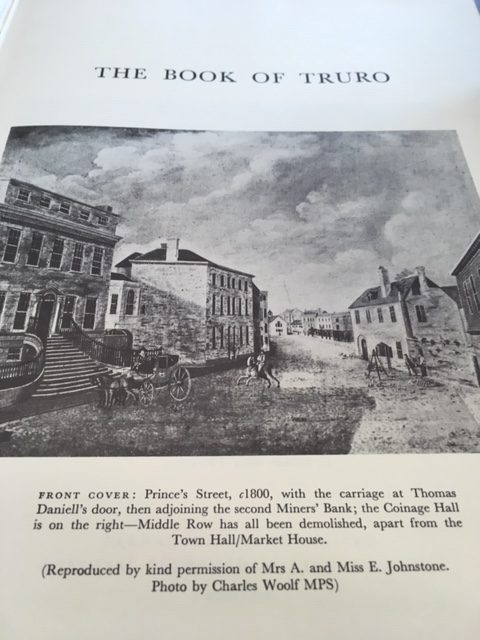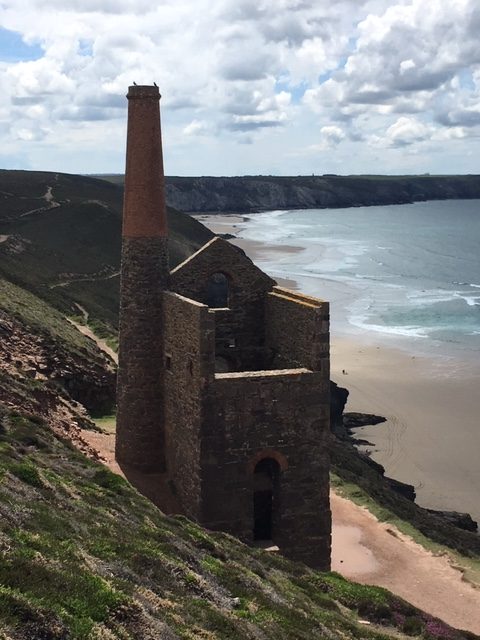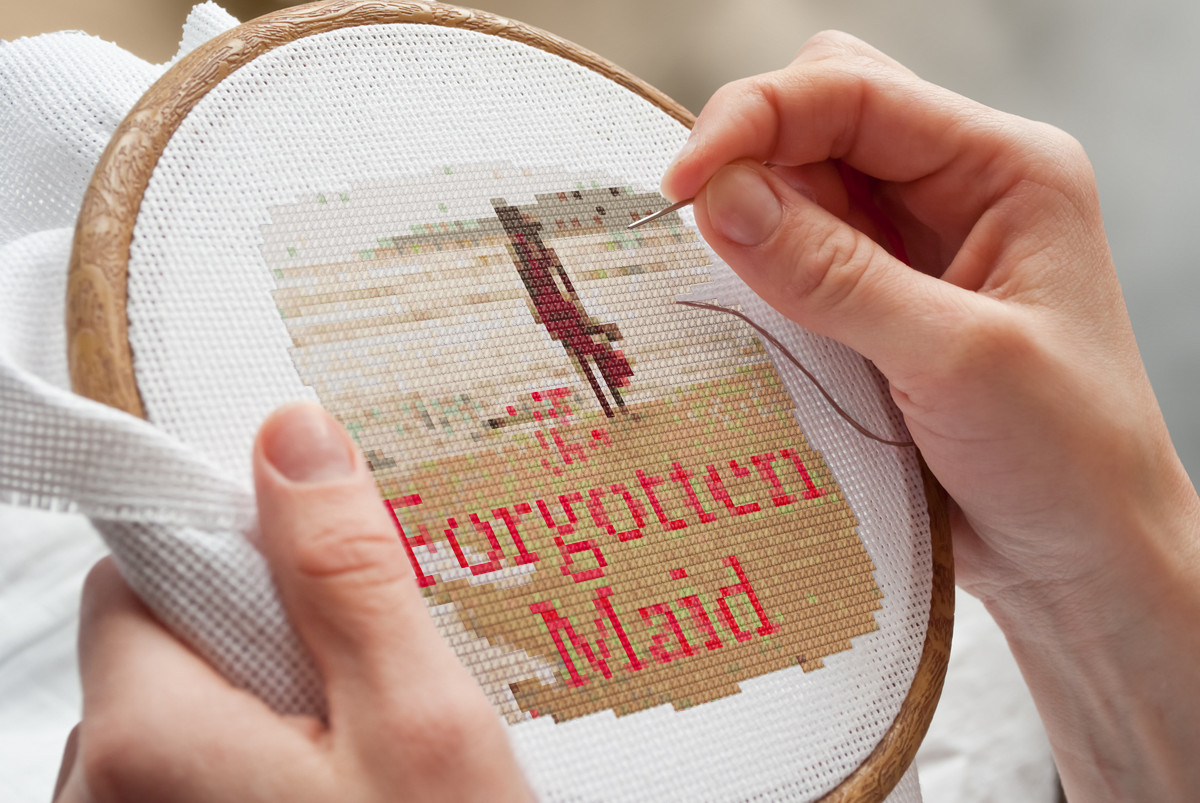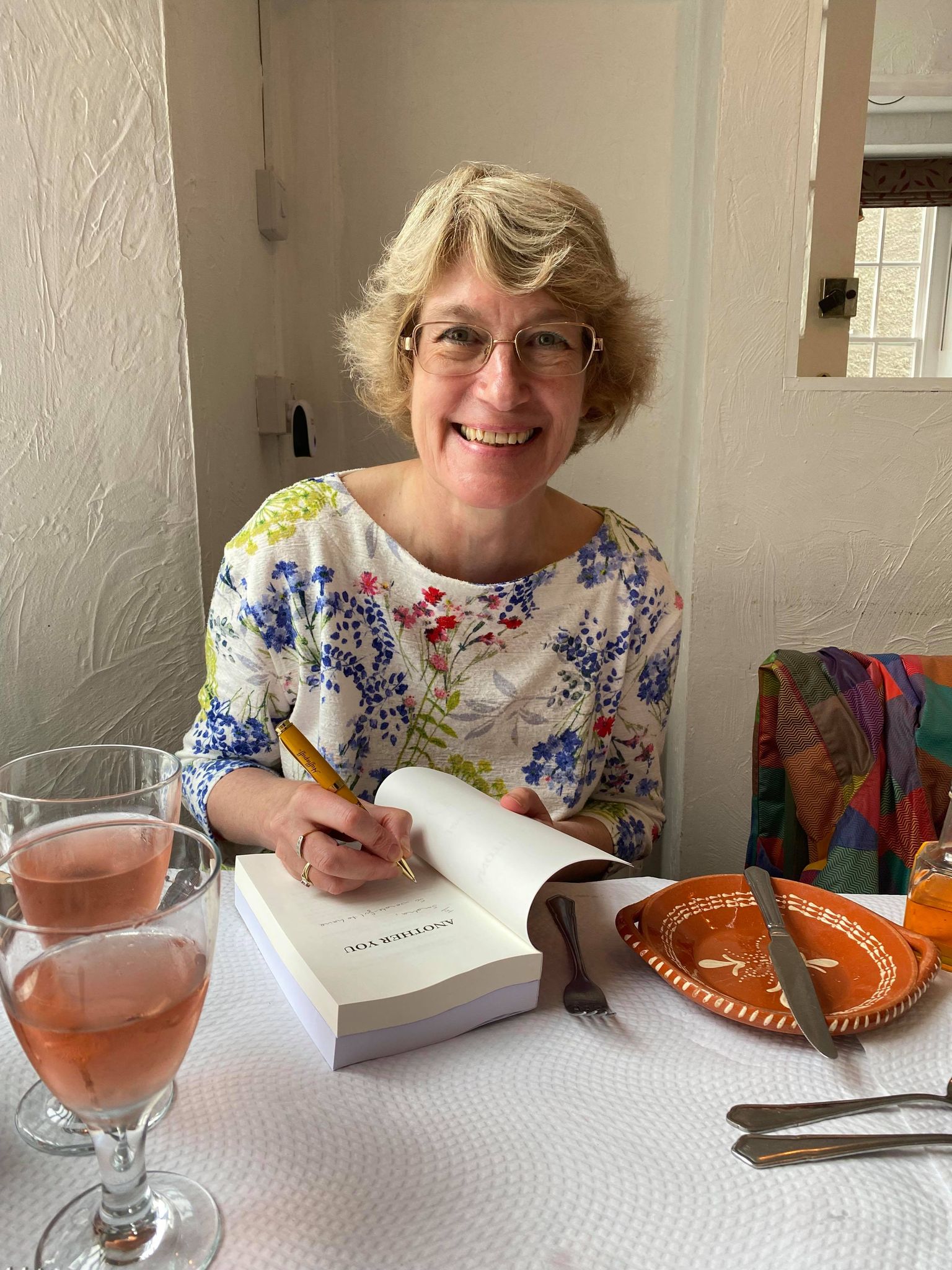Today, I am delighted to welcome the lovely Angela Petch to my blog as she discusses the location of her latest novel, The Sicilian Secret. Over to you, Angela …
I always feel readier to write if I know where exactly I am setting my characters. My latest book, published April 23rd, has Sicily as an important location. Luckily, I lived on this beautiful island in my 20s. Quite some time ago. So, a reminder was needed. In May last year my husband and I visited the south-eastern corner, to research where the allied landings had taken place on the night of July 9th to 10th 1943 in Operation Husky.
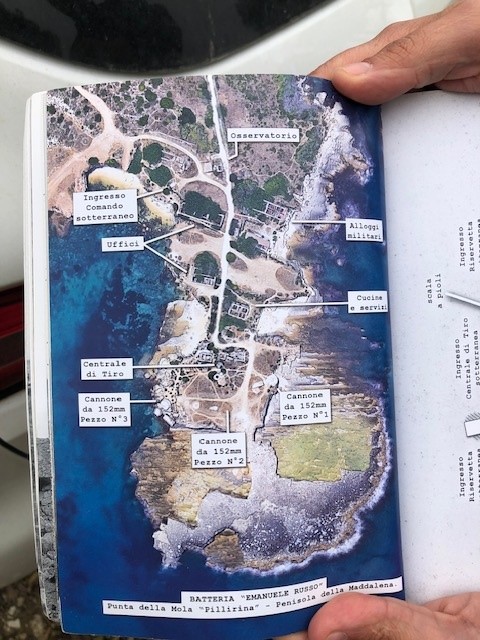
What a coincidence that fifty years ago I had lived only a stone’s throw from this beach when I was working for a construction company. Little did I realise that one day I would revisit this coastline, not to swim and waterski as in the past, but to gain a better picture of where my characters would land and do battle.

I had read about this event but I hadn’t understood how hard the terrain had been for troops to negotiate and some of my descriptions were altered afterwards. The cliffs were higher, the sea pounding onto tufa rock, sharp and treacherous underfoot. A very hostile environment. I took video footage for publicity but it was impossible to hear my words over the raging wind. James Holland in his excellent book, Sicily ’43, describes the “heavy swell” and choppy seas, how “vomit filled the flooded bottoms of the LCA.” (Landing craft). There was confusion in the darkness and standing on the cliffs in that buffeting wind made it so much easier for me to later revise my chapter.
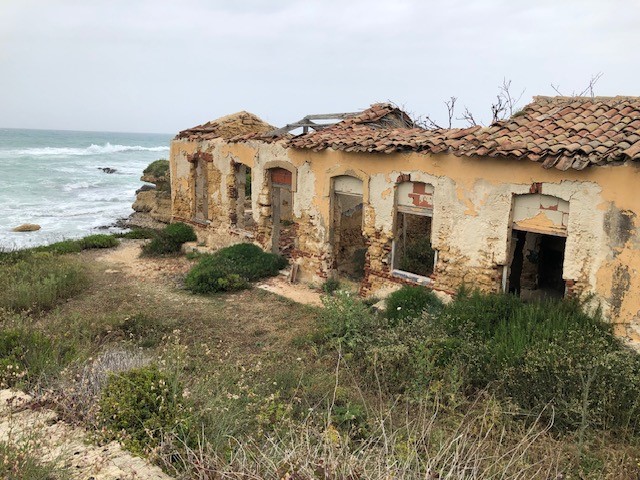
Fortune smiled on this author when I had started to speak to a young Sicilian. Like us, he had been turned away from the footpath leading to the cliffs by an officious security guard. We chatted. I told him how disappointed I was; how I was writing a book partly set in World War Two and to my delight he opened the boot of his FIAT and produced several history books. He was passionate about the events of war along this particular corner of coastline. His grandfather had fought on that very night and his accounts had sparked a deep interest ever since.
‘We’ll wait a little until the guard has gone off duty and then I’ll take you to see the remains of the barracks and guns.”
Gold dust. He guided us down steps into bunkers, the walls still relatively clean after eighty years, some bearing lines of propaganda written by Mussolini’s men. There were bullet and shrapnel holes in the walls and all of a sudden my head was filled with the sounds and scenes of battle. Giovanni was invaluable to me that windy afternoon and we have remained friends.
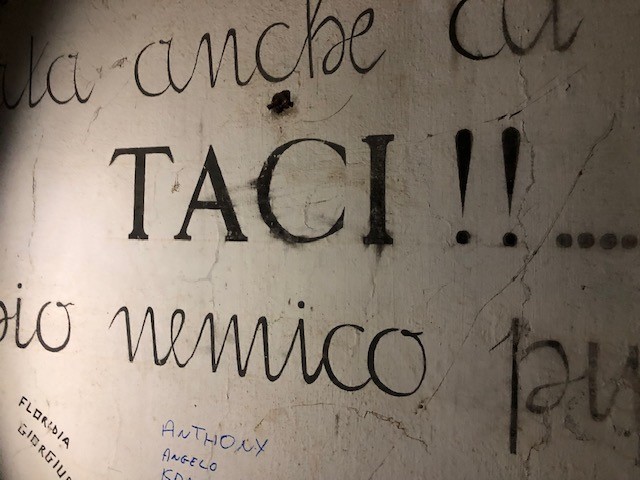
Reading through my words for Carol’s blog, it sounds as if I have written a history book. Yes, there are real events woven into The Sicilian Secret, but the story is fictitious. It features the oldest story: of love. There is intrigue, loss and a mystery to solve. My characters may not have really existed but I hope they feel real to readers. They do to me and that is partly because I have set them in real locations.
Thank you so much for the wonderful post, Angela. Your characters certainly felt real to me and I am happy to share my review below. xx
About the book:
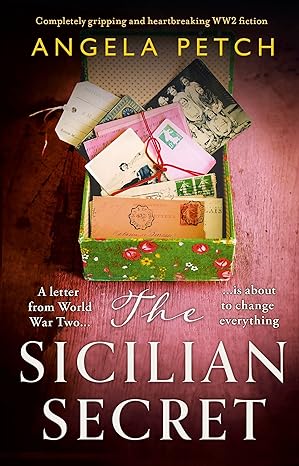
Italy, 1943. With war raging across the rugged cliffs and turquoise waters of his beloved Sicily, Savio’s pen scrawls desperately across the page. His letter must be sent in secret – or his life will be in terrible danger…
England, present day. Paige is devastated when her reclusive but beloved Aunt Florence dies – the only family she’s ever known. Inheriting her crumbling cottage, Paige finds an unfinished note. ‘I am sorry, Paige. It’s time to tell you everything. It all began in Sicily…’
Beside the note is a faded envelope – addressed to a woman called Joy – with an Italian postage stamp from 1943. The letter inside is made up of Roman numerals and snippets of sentences written in Italian. But who is Joy? Was someone sending a coded message? Paige is desperate to piece together the truth. But she soon discovers it will change everything she’s ever believed about her aunt, and her family history.
1943. Lady Joy Harrison may have grown up in a manor house, but she’s determined to fight for what’s right and use her fluent Italian to help the Allies. Breaking code on a long night shift, Joy reads a secret message that makes her wholebody shake. A dark-eyed young man she once loved is in terrible danger on the shores of Sicily. Was the message sent by him? And will she ever see him again – or will the war tear them apart for good?
An absolutely heartbreaking and stunning timesplit historical novel about how wartime secrets can stretch across the generations, and the incredible bravery of ordinary people in the darkest of times. Fans of The Nightingale, Fiona Valpy and Lucinda Riley will be captivated.
My review: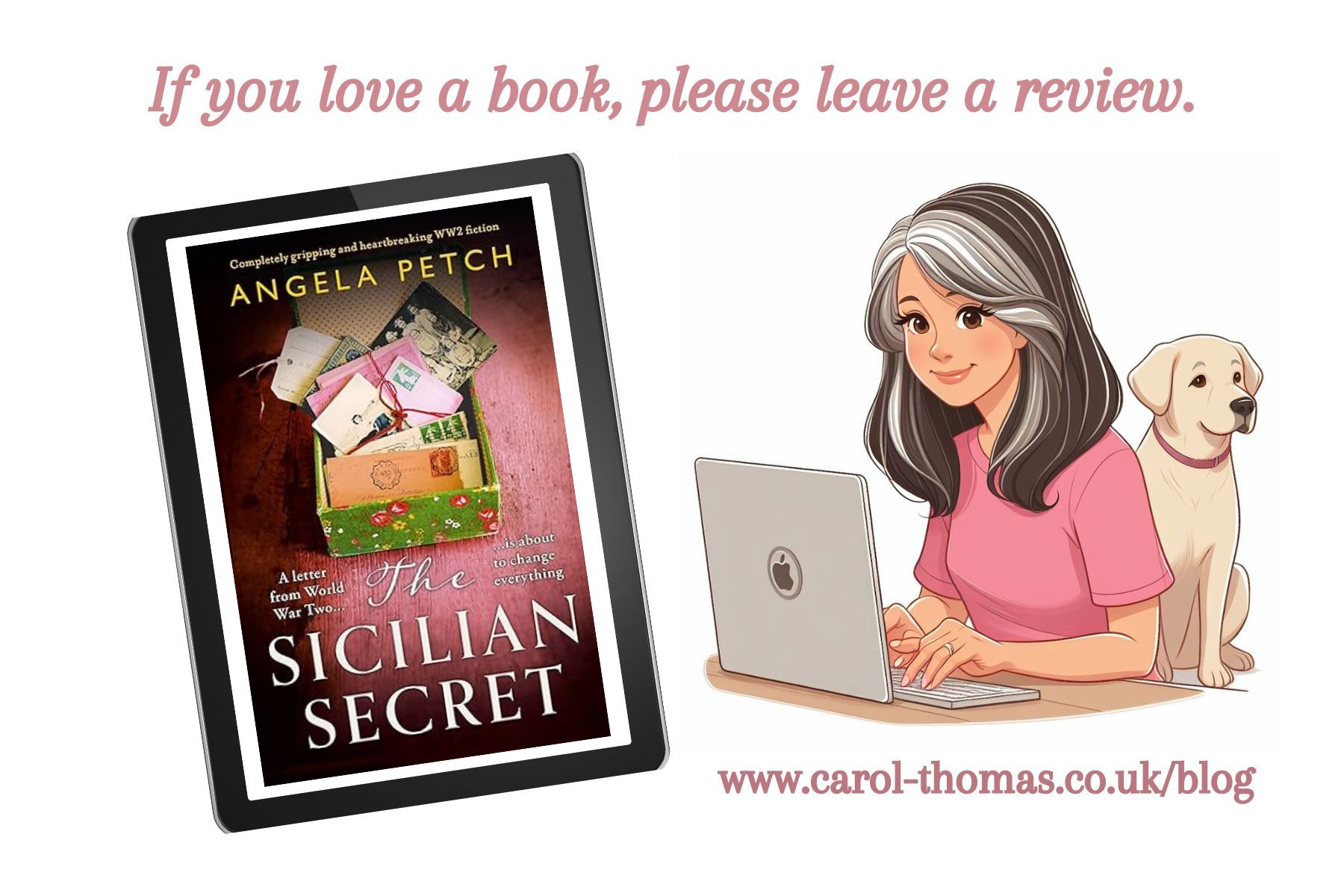
Angela Petch’s latest novel, The Sicilian Secret, intertwines the gripping narratives of a World War II romance and a family mystery discovered in the 1970s. I liked and became invested in the characters and felt compelled to read on as they navigated love, loss, and intrigue as the story unfolded.
The author’s meticulous research shines through, enriching the narrative with immersive historical detail. The writing vividly captures the essence of war and the alluring charm of 1970s Sicily. The plot kept me engrossed from start to finish, though I wanted a little more insight into how things developed for the characters after the final chapter. (Perhaps I did not want to let the story go.)
The Sicilian Secret is a compelling dual-timeline novel with an engaging blend of romance and mystery. I greatly enjoyed it.
Discover more and purchase here | audio link.
About the author:
Published by Bookouture, Angela Petch is an award-winning writer of fiction – and the occasional poem.
Every summer she moves to Tuscany for six months where she and her husband own a renovated watermill which they let out. When not exploring their unspoilt corner of the Apennines, she disappears to her writing desk at the top of a converted stable. In her Italian handbag or hiking rucksack she always makes sure to store notebook and pen to jot down ideas.
The winter months are spent in Sussex where most of her family live. When Angela’s not helping out with grandchildren, she catches up with writer friends.
Angela’s gripping WWII novels set in Italy are published by Bookouture. While her novel, Mavis and Dot, was self-published and tells of the frolics and foibles of two best-friends who live by the seaside. Angela also writes short stories published in Prima and People’s Friend.
Discover more about Angela Petch and her writing here: Facebook | Twitter | website | Amazon | Instagram

